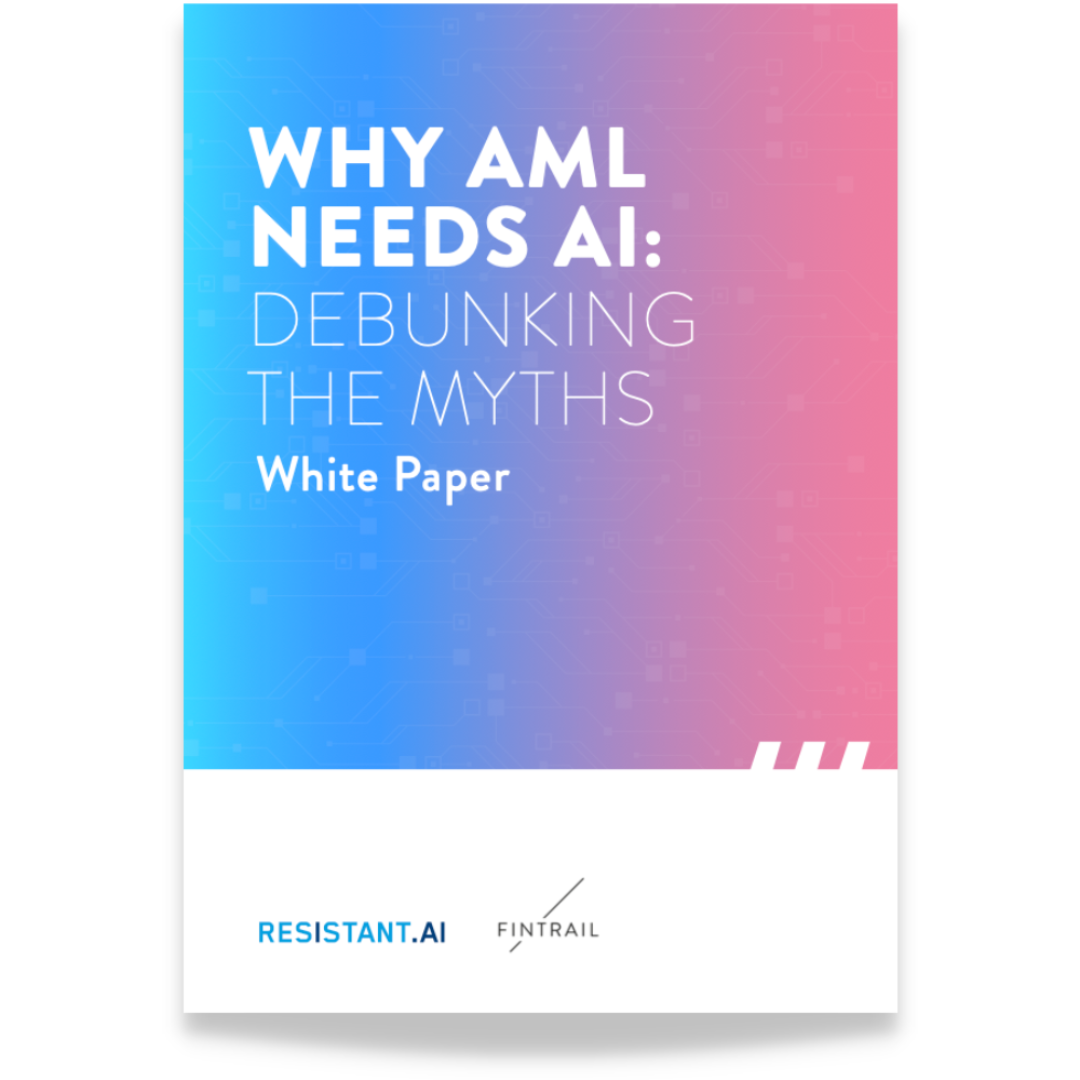Are your transaction monitoring controls effective and efficient?
Strong people, processes, and technology, underpinned by robust governance and management information are the key pillars for any anti-financial crime (AFC) framework. In partnership with Resistant AI, we offer a holistic review and assessment of your transaction monitoring-related systems and controls to identify areas of non-compliance, inefficiencies and opportunities to enhance effectiveness.
A holistic review of the current transaction monitoring process including the associated documentation, appropriateness of rules and alerts handling to assess compliance with regulation and identify opportunities for further enhancements and greater effectiveness.
An examination of the current transaction monitoring system’s performance including historic alert outcomes from rules to identify opportunities to boost investigative productivity, address the noise generated from ineffective rules, and reveal the risks hidden in your data.
A review of transaction monitoring resources and capacity to suggest the optimal team structure and identify any existing gaps in knowledge or expertise.
A review / creation of an effective financial crime governance model (including associated management information), aligned to the processes and technology.








